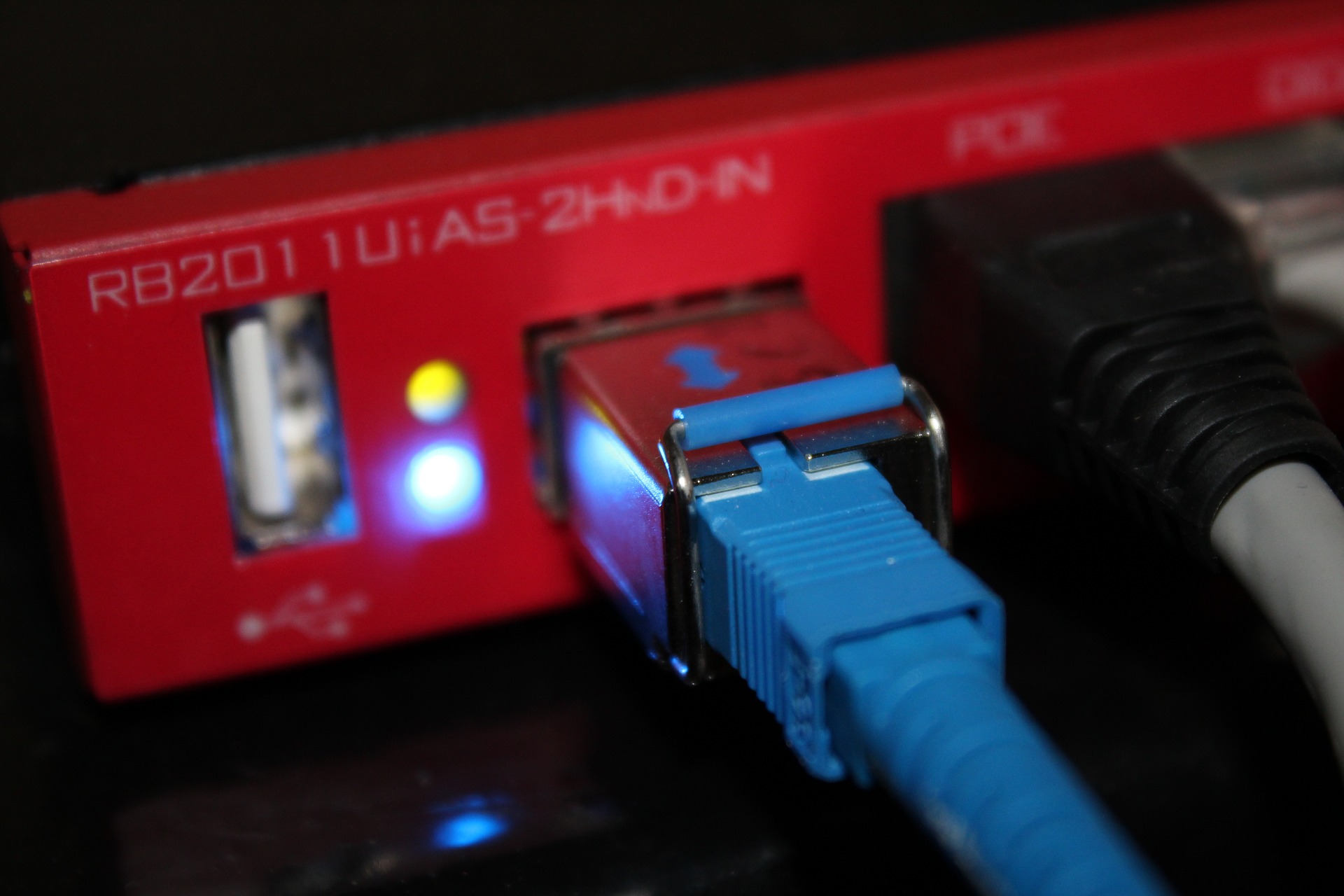Blog

8 February 2017 | Techno
What’s the Difference Between a Modem and a Router?
The difference between a modem and a router may not seem all that important to you as long as your Internet continues to function properly. However, ensuring that your network connection is as strong an uninterrupted as possible is often easier when you understand the functions of these two devices. The modem and router have become essential appliances in many households, and this is what you need to know to keep them straight in your mind.
Why the Modem and Router Are Often Confused
If you’re not sure of the difference between a modem and router, don’t feel bad. The two devices are often confused and can seem extremely similar at first glance. To begin with, they often look alike: both are plastic boxes with a series of indicator lights on the them, as well as ports and wires connected to them. The modem and router often sit in the same place. They also have the same function: when paired with each other, they help you get on the Internet. In spite of these superficial similarities, however, your modem and router are actually very different.
Knowing Your Modem
The modem is the device that is actually responsible for connecting your home or office network to the Internet. They can be identified by the blinking lights on the front, as well as by the wire coming out of the back of them which usually plugs into a socket in the wall using a designated data connection wire such as a DSL or cable line. The modem does most of its work outside the walls of your home or office. It’s primary job is to connect with your ISP and the wider Internet network outside. Once connected, it routes a small portion of the ISP’s bandwidth into your home or office for use by local computers on the network.
Knowing Your Router
The easiest way to think of the router is as a complement to the modem that actually performs the opposite function. While the modem is responsible for connecting to the Internet, the router broadcasts a signal over a designated area. This signal can be picked up and used by computers, tablets and other devices as long as they are in range. While routers may have wires or be wireless, most modern modems are the latter. If you are confused as to which of the devices in your home or office is the router, look for a plastic antenna attached to the top of the box. This antenna is responsible for broadcasting the wifi signal to other devices.
Networking with Modems and Routers
Once you understand the difference between a router and a modem, it is easier to understand how your local network functions as a whole. Be aware that it is possible to have a modem and not have a router, though it is not possible to have a router that works without a modem. Furthermore, office networks are all but guaranteed to have at least one router since they tend to have more people that need to connect devices to them. A modem and router set-up is increasingly common in private homes too, and is the standard for most newer connections.
More than just computers and tablets can connect to a router. Routers also allow connections from printers and other hardware devices. When a printer is connected to the router, it allows for convenient wireless printing from other devices on the netwok.
Modems and routers work together to provide the network connection for your home or business. When you know how to tell the two apart, it becomes much easier to track down the source if your ever have an interruption of Internet service.
EBOX Internet you want it?
Sign up now

